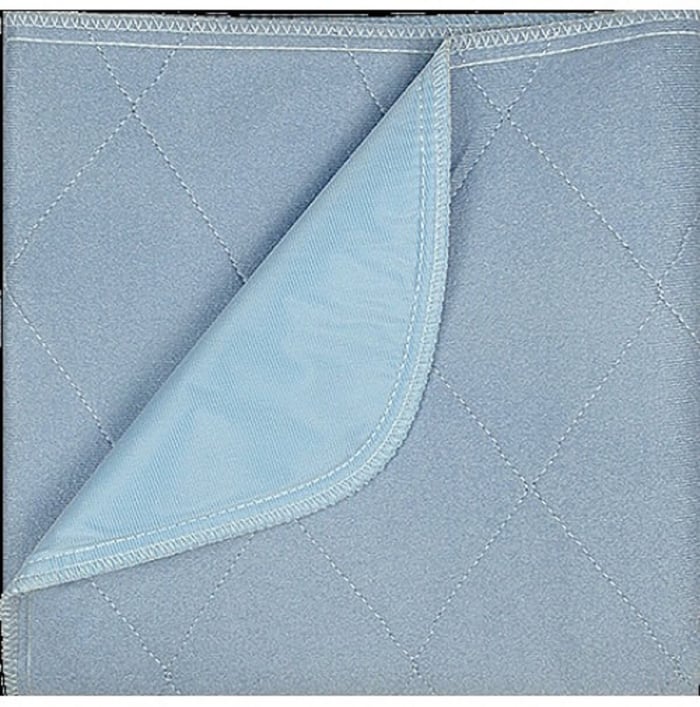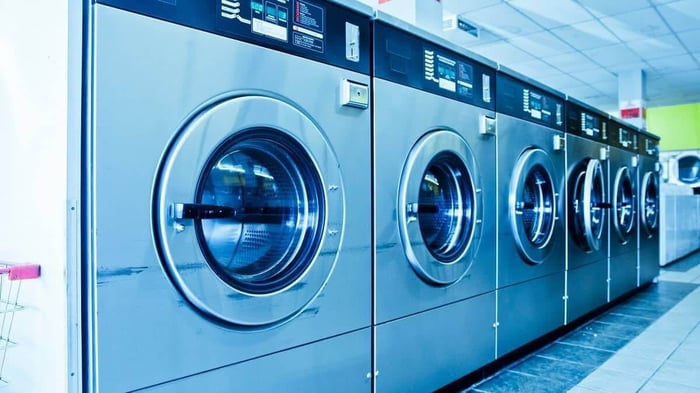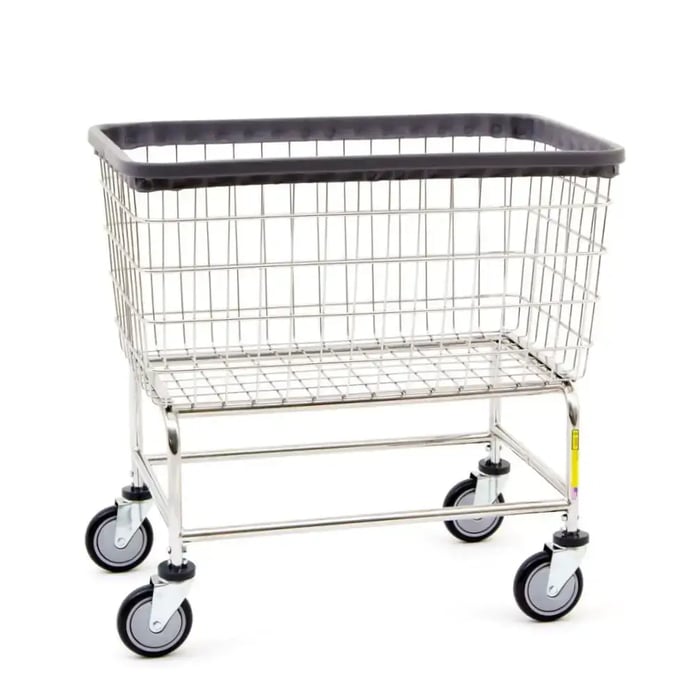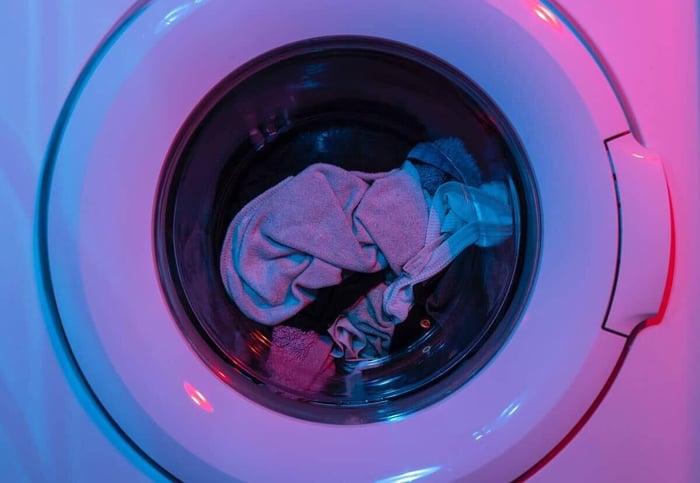Reusable Incontinence Pads FAQ’s
We carry a wide range of Reusable Incontinence Underpads, also referred to as reusable bed pads, washable bed pads, washable pee pads, washable incontinence pads and hospital bed pads, due to their extensive use in hospitals. Some of the frequent questions we are asked include the following.

How do you clean reusable incontinence pads?
Always refer to the product label or manufacturer’s instructions before cleaning. Quality made pads can be cleaned by placing them in an industrial washer, with laundry detergent and using the cold water setting. Make sure laundry detergents completely dissolve before drying. It is not advisable to use bleach or excessive fabric softener as this can damage the pad fabric. Line dry or use a tumble dry on low heat. Do not iron or over dry, as this could cause the pads to shrink. Poly-Urethane (PU) Bonded Incontinence Reusable Underpads are the top of the line underpads in the market. These pads are made to endure the most intense commercial washing and drying. Bonding the pad prevents air pockets from forming between the soaker and face fabric as they go through the dry cycle.
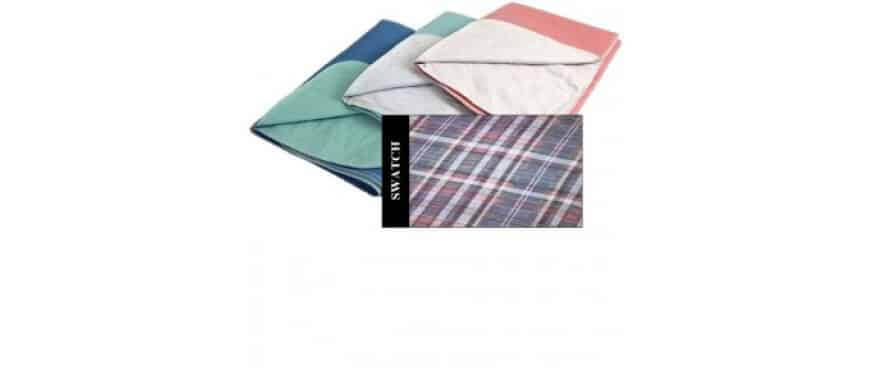
How often should I change washable incontinence pads?
It is important to change wet pads immediately and to frequently change your pad throughout the day in order to protect your skin. Depending on the level of incontinence this could be between 2-6 times a day.
You will know it is time to change out the pad if it begins to feel wet next to your skin. Special Indicator Underpads change color when it is time to change the bed.

Are reusable pads hygienic?
Yes, by following the right care protocol, reusable incontinence pads are just as sanitary as disposable incontinence pads.
How do you get smell out of reusable pads?
If your incontinence pads are extra pungent or still have a urine smell after completing a wash cycle try soaking them for a few hours in a mixture of water and baking soda, and/or tea tree oil.
Are washable incontinence pads worth the extra work?
Over time, washable incontinence pads can save a lot of money, especially in healthcare settings and they are much better for the environment as disposable incontinence pads contribute to landfill issues.
How much urine can an incontinence pad hold?
An adult bladder usually holds around 550ml (a pint) of urine and most individuals feel the need to empty their bladder when it is about half full, so the amount of urine excreted at one time is about a cupful. Depending on the amount of flow, lightweight or heavyweight pads are available options. Quality made pads with a soaker range between 5 ounces to 10 ounces can hold several times the volume of urine likely to be excreted at one time.
What size incontinence pad do I need for my bed?
It depends on the size of the bed and person. Typical sizes include twin size 18x24, Full 24x26, Queen 30x36, King 34x36, California King 36x42.

Patient Slider Sheets are also used in healthcare as they are ideal for transferring patients to another bed.
Benefits of Reusable Incontinence Pads
Reusable incontinence pads offer many benefits, making them a great choice for individuals seeking an effective and eco-friendly solution for managing incontinence. Here are some of the main benefits of these pads:
- Cost-Effective: Over time, reusable incontinence pads can be significantly cheaper than disposable ones. The initial investment might be higher, but their durability and long lifespan result in substantial savings. This is especially beneficial for those who require long-term incontinence management.
- Environmental Impact: Reusable pads are environmentally friendly compared to their disposable counterparts. Disposable pads contribute to a significant amount of waste, adding to landfill pollution. Reusable pads, being washable and designed for repeated use, help reduce this environmental burden, aligning with sustainable living practices.
- Comfort and Skin Health: Reusable pads are often made from high-quality, breathable materials like cotton or bamboo, which are gentle on the skin. They reduce the risk of rashes, irritation, and infections often associated with prolonged use of disposable pads. The natural fibers used in reusable pads enhance comfort, especially for individuals with sensitive skin.
- Absorbency and Reliability: Modern reusable incontinence pads are designed with advanced technology to ensure high absorbency and leakage protection. Multiple layers and moisture-wicking fabrics keep the skin dry and provide reliable protection against leaks, offering confidence and peace of mind to users.
- Variety and Customization: Direct Textile Store offers reusable pads that come in various sizes, shapes, and absorbency levels to cater to different needs.
- Convenience and Discretion: Many reusable pads are designed to be discreet and resemble regular underwear, offering comfort and reducing the stigma associated with incontinence products. They are easy to wash and maintain, integrating seamlessly into daily routines.
Reusable incontinence pads provide a cost-effective, environmentally friendly, and comfortable solution for managing incontinence. Their superior absorbency, variety, and skin-friendly materials make them an excellent choice for those seeking reliable and sustainable incontinence care.
Direct Textile Store ships to all US states, including Alaska and Hawaii, US Territories, Canada, Puerto Rico, St. Thomas, and St. Croix.
Copy & Paste to Link to this Post!
<a href="https://directtextilestore.com/blog/reusable-incontinence-pads-faqs/">Reusable Incontinence Pads FAQ’s</a>About the Author
Haley Bridges, Marketing Assistant at Direct Textile Store
Haley Bridges has served as Marketing Assistant at Direct Textile Store, where she specializes in hospitality linens, uniforms, and bulk textile solutions. She works closely with hotels, restaurants, and healthcare facilities to match them with durable, high-quality products that balance both performance and value. Haley's expertise in textile sourcing and merchandising strategy helps businesses make confident purchasing decisions while staying ahead of industry trends.
If you need assistance, contact Direct Textile Store Customer Service at 800-615-5822

